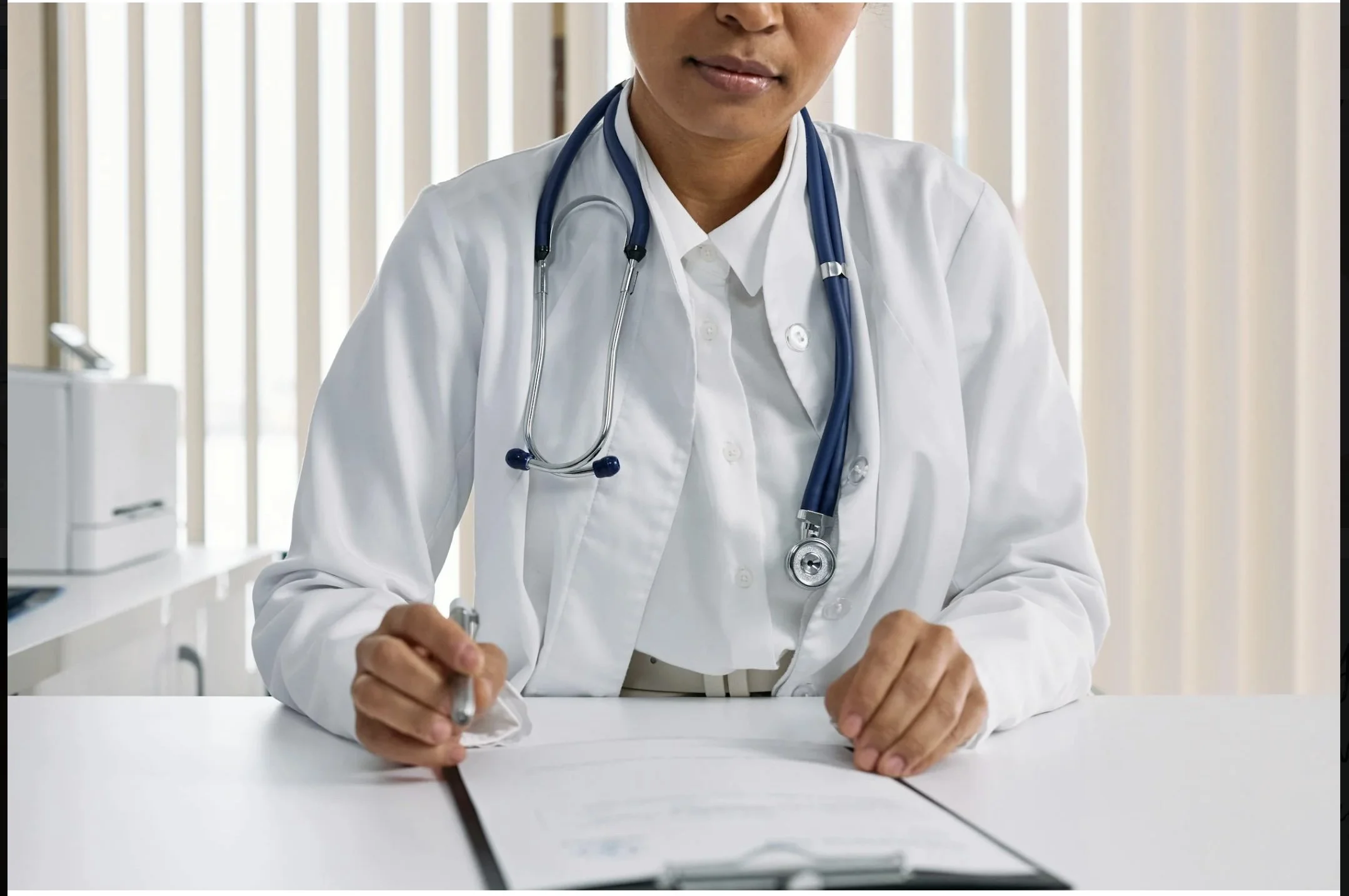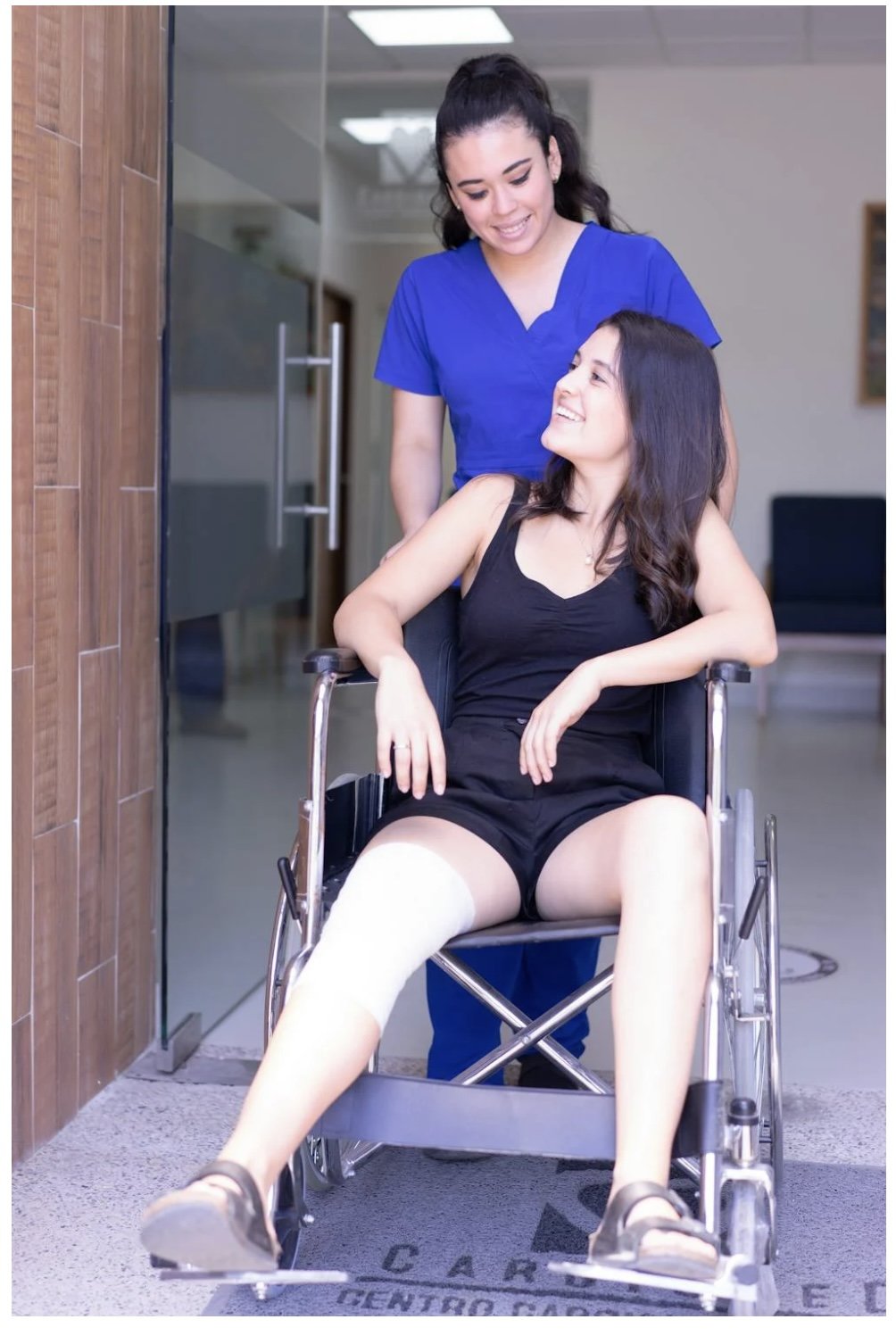From Classroom to Clinical: Lessons That Live Beyond the Textbook
Nursing education begins in the classroom, where textbooks, lectures and labs build the foundation of anatomy, pharmacology and procedures. This academic structure is essential, but the true meaning of nursing emerges in the clinical setting. At the bedside, knowledge must be applied in real time. Clinicals have shown me that nursing isn’t simply about recalling facts, filling out clinical paperwork. Clinical rotations are about adapting knowledge to the patient in front of me—responding to each situation, in real time, as it unfolds.
One of the most striking differences is that patients rarely present like textbook examples. A lecture may outline the hallmark signs of a condition, yet in practice those signs overlap with other illnesses, appear subtly, or are described in a way that doesn’t match the classroom case study. Nursing requires listening, observing and synthesizing details to form an accurate clinical picture.
Teamwork is also central to this process. While classroom instruction may isolate step-by-step skills, clinicals reveal how those skills integrate into the wider flow of patient care. Nurses, CNAs, providers and therapists all contribute to a patient’s outcome. My role isn’t only defined by what I know, but also by how effectively I communicate, collaborate, perform and ask questions.
Another realization is the difference in pace. In class, there is time to pause, reread and practice. In the clinical environment, decisions are made quickly, with accuracy and composure. This shift reinforces the importance of preparation, but also underscores that judgment and presence at the bedside are as vital as knowledge itself.
During one rotation, I experienced a moment of clarity: nursing education isn’t only about learning information, it’s about learning how to nurse. The essence of nursing lies in recognizing signs and symptoms, interpreting how they relate to one another and to possible conditions, then using critical judgment to guide appropriate evidenced based interventions. Clinical experiences transform theory into practice—moving students beyond memorization into the professional patient-centered nursing.
Most importantly, I’ve learned that nursing is about people, not conditions. Textbooks may describe heart failure or diabetes, but clinicals remind me that each diagnosis belongs to a person with fears, goals and a story. Balancing the science of care with the humanity of care is what makes nursing both demanding and meaningful.
As I move closer to graduation, I value the textbooks that shaped my foundation, but I now understand their role differently. They’re useful, very necessary tools. But clinical rotations bring education to life.


